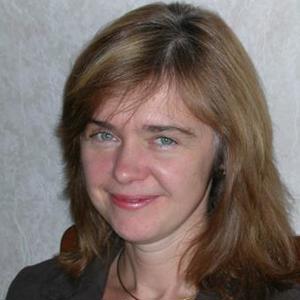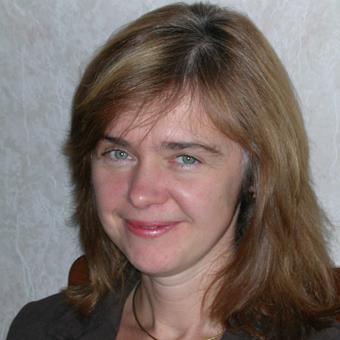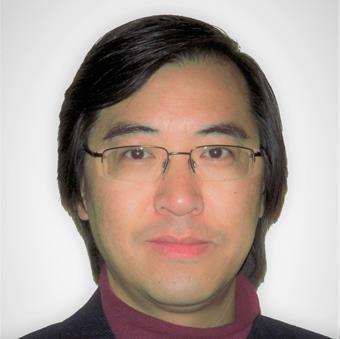Our aim is to obtain a better understanding of the fundamental physical properties of novel, functional materials, to manage a precise control of the material properties, and to fully explore the functionality of the studied materials for applications in future generation micro- and nano-electronics and photonics as well as in potential multifunctional devices and systems. In our research, we currently focus on a few main areas: novel spintronic materials, highly mismatched semiconductor nanostructures, complex perovskite materials and organic semiconductor materials.
We conduct our research by means of a large array of state-of-the-art optical, magneto-optical and spin-resonance spectroscopic equipment, and in close collaboration with researchers world-wide.










